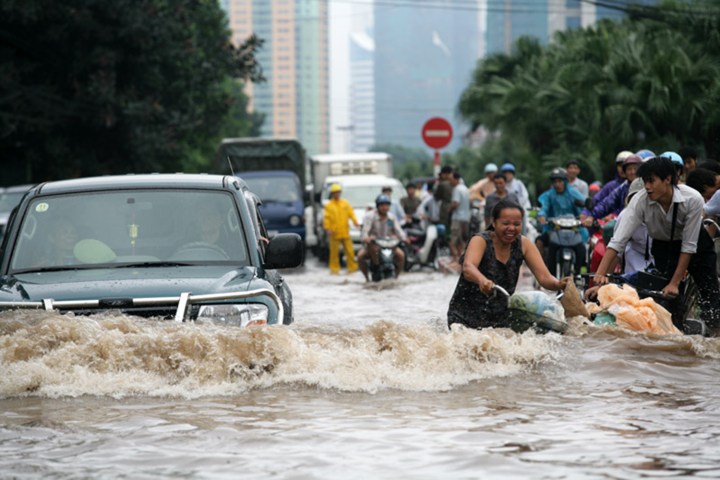
A team of scientists and engineers from Scotland’s University of Dundee recently demonstrated how a technological trifecta — A.I., social media, and crowdsourced citizen science — can be used to monitor urban flooding.
The Dundee team set out to develop an early flood detection system, beginning with a hyper-resolution urban flooding computer model. For reliability, the researchers needed to validate the model’s results against actual data received on the ground. But after three months of searching for a reliable data set, lead researcher Roger Wang was left empty-handed.
Satellite remote sensing is expensive and too often tainted by technical problems in urban areas, while on-the-ground sensor networks are costly to install and maintain. Even the most common method, witness surveys by government staff, wasn’t in the budget.
Wang and his colleagues found an alternative in Twitter and MyCoast, a crowdsourcing app that collects data on coastal conditions, such as erosion and tides. By scanning Twitter for keywords like “flood,” “dam,” and “levee” the team could identify a flood-like event. Then, using a type of AI called natural language processing (NLP), they could sort these events by factors like severity and location.
“A tweet can be very informative,” Wang told Digital Trends. “It could contain information of flood location, water depth, flooding trend, human feelings, and damage estimate. More importantly, it has a potential to provide hyper-resolution data.” This data can be accurate up to feet, Wang said, if, for example, a user includes the street name and building number.
“Without A.I., there would be a lot of noise in data, since many tweets with keywords can still be irrelevant,” Wang said. NLP helped them identify the locations of Twitter users, while computer vision differentiated flood photos from others non-flood photos.
Wang and his team demonstrated that flood-related tweets correlated to higher precipitation levels, and crowdsourced data was closely linked to actual road closures. They think a tool like Twitter serves better for large-scale monitoring, while an app like MyCoast provides valuable insight at a smaller scale. With these tools, they hope to help communities be proactive when it comes to potential flooding.
The system isn’t perfect. The computer vision program employed by Wang and his team is at 70 percent accuracy, though they’re continuing to train it on MyCoast photos.
The researchers plan to update their model with a physics-based flooding model, allowing them to predict flood development.
A paper detailing the research was recently published in the journal Computers & Geosciences.
Editors' Recommendations
- Microsoft quits its creepy, emotion-reading A.I.
- These apps use A.I. to automate your life and save you time
- Futuristic new appliance uses A.I. to sort and prep your recycling
- Intel is using A.I. to build smell-o-vision chips
- We used an A.I. design tool to come up with a new logo. Here’s what happened


